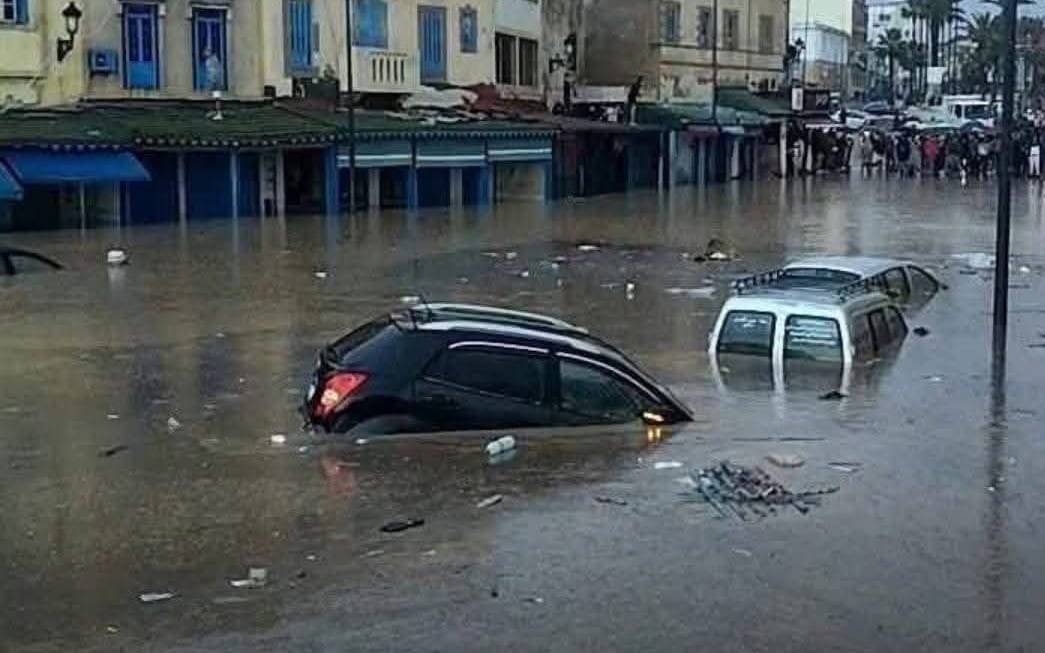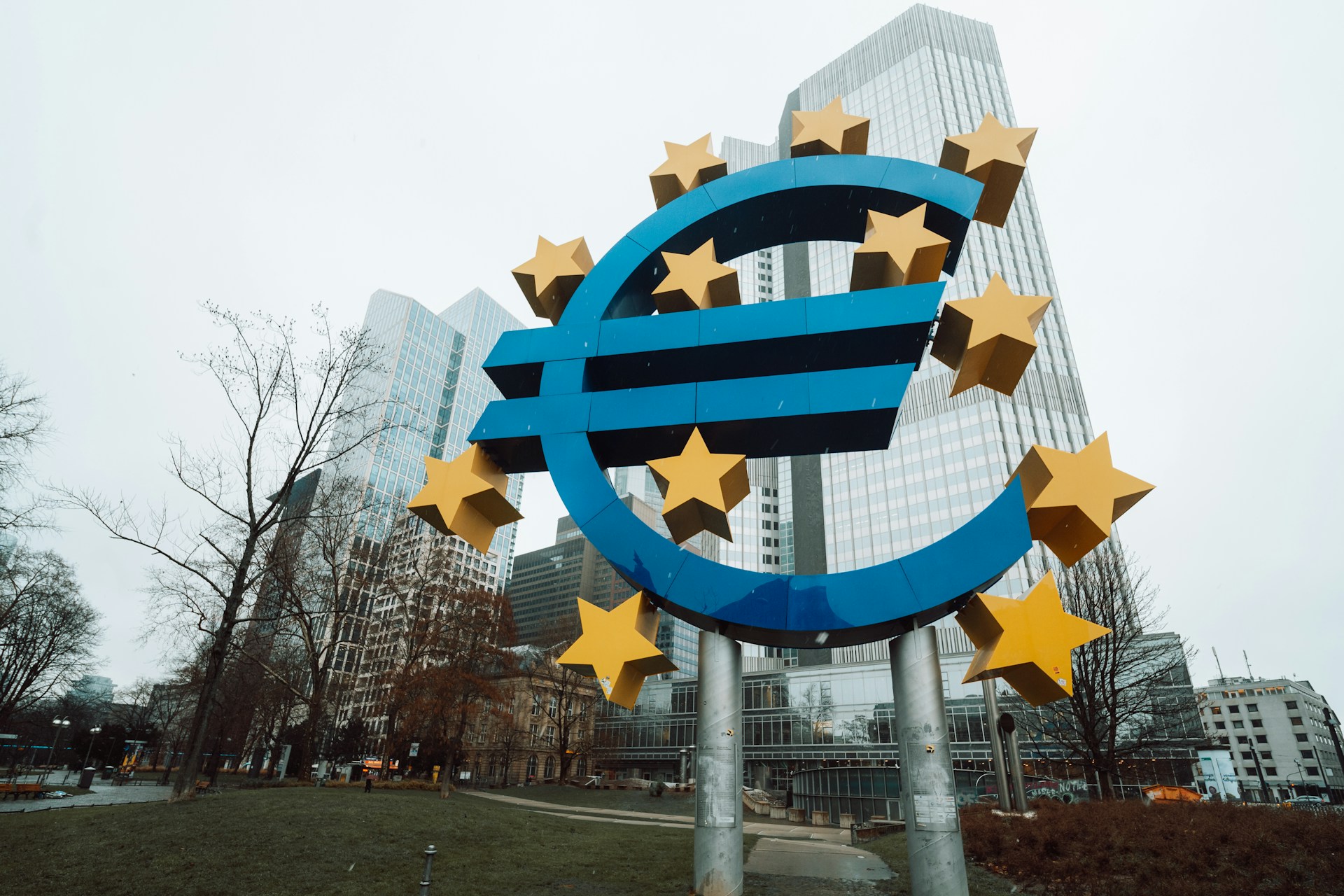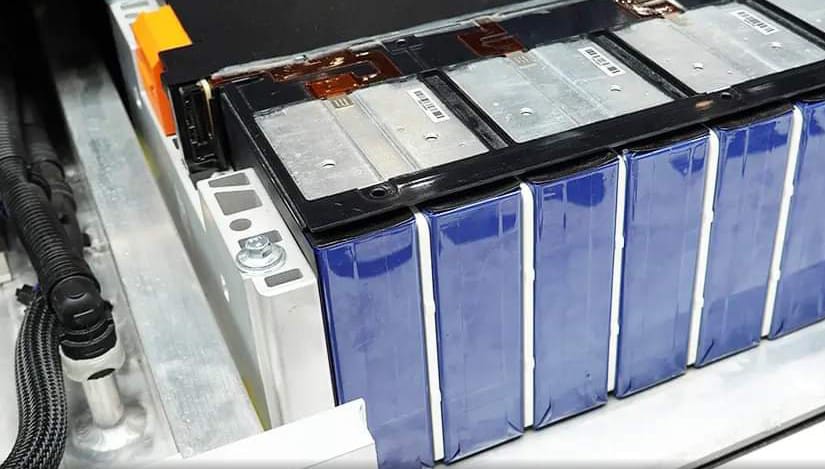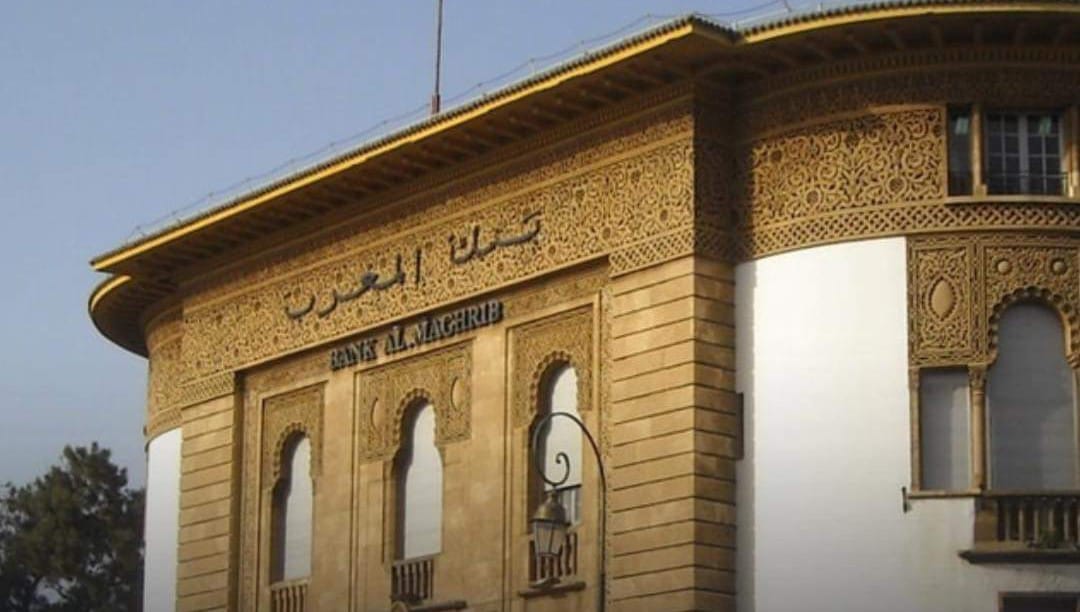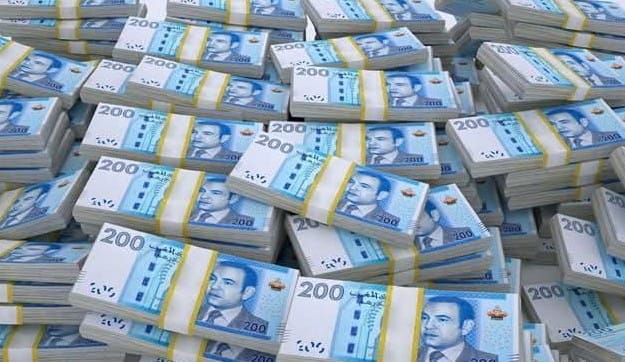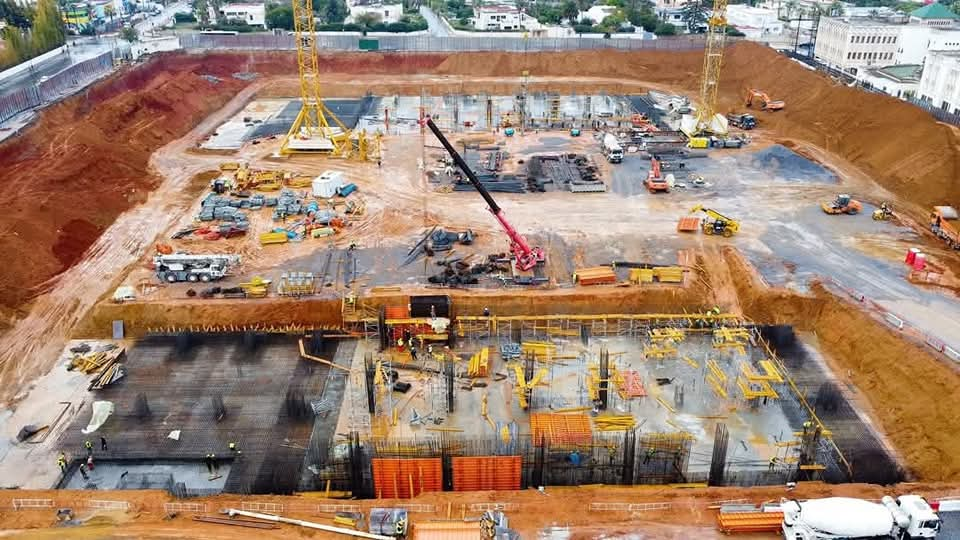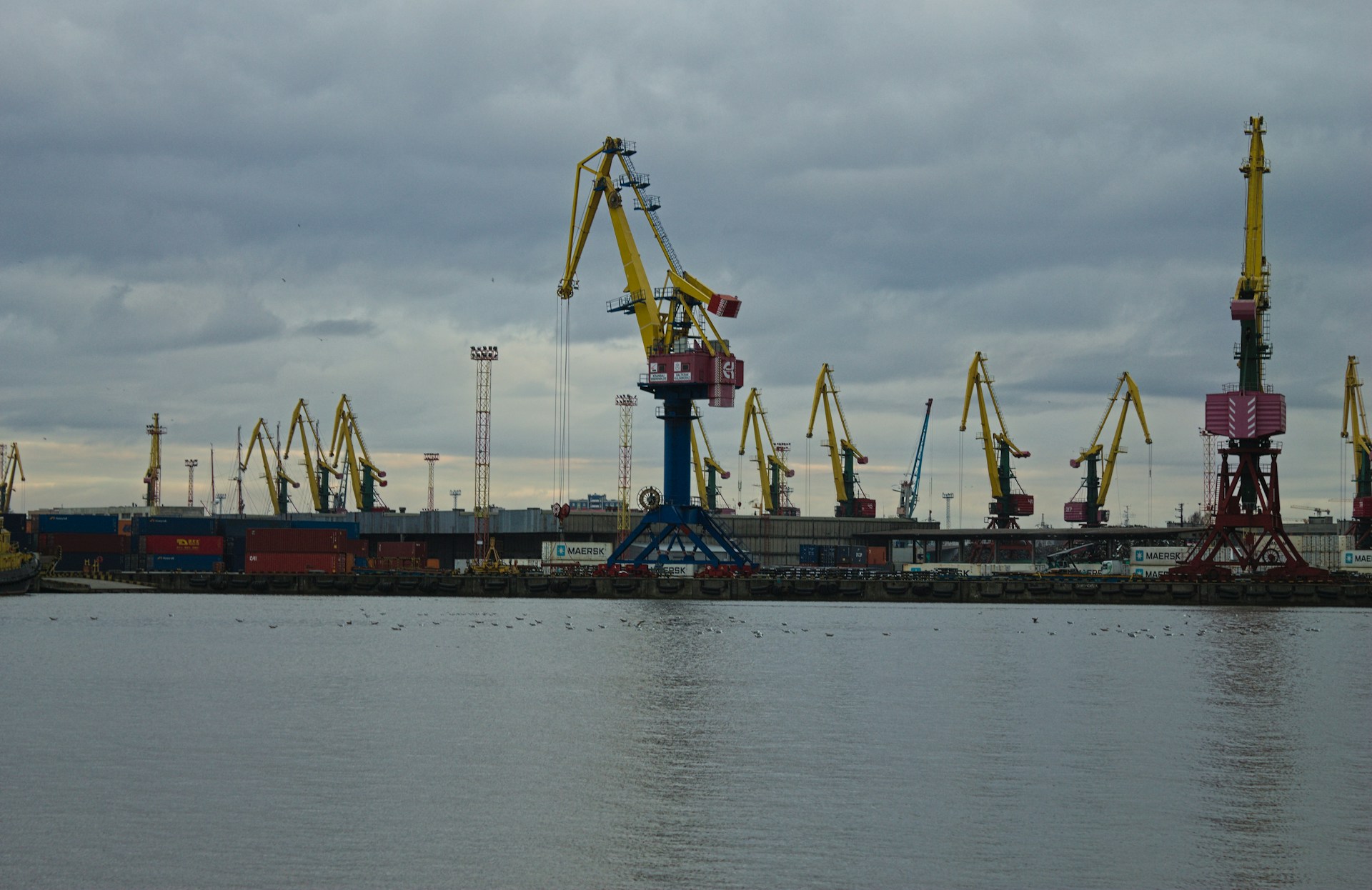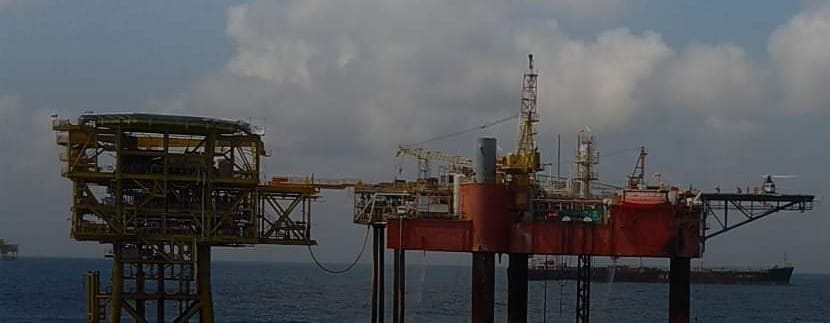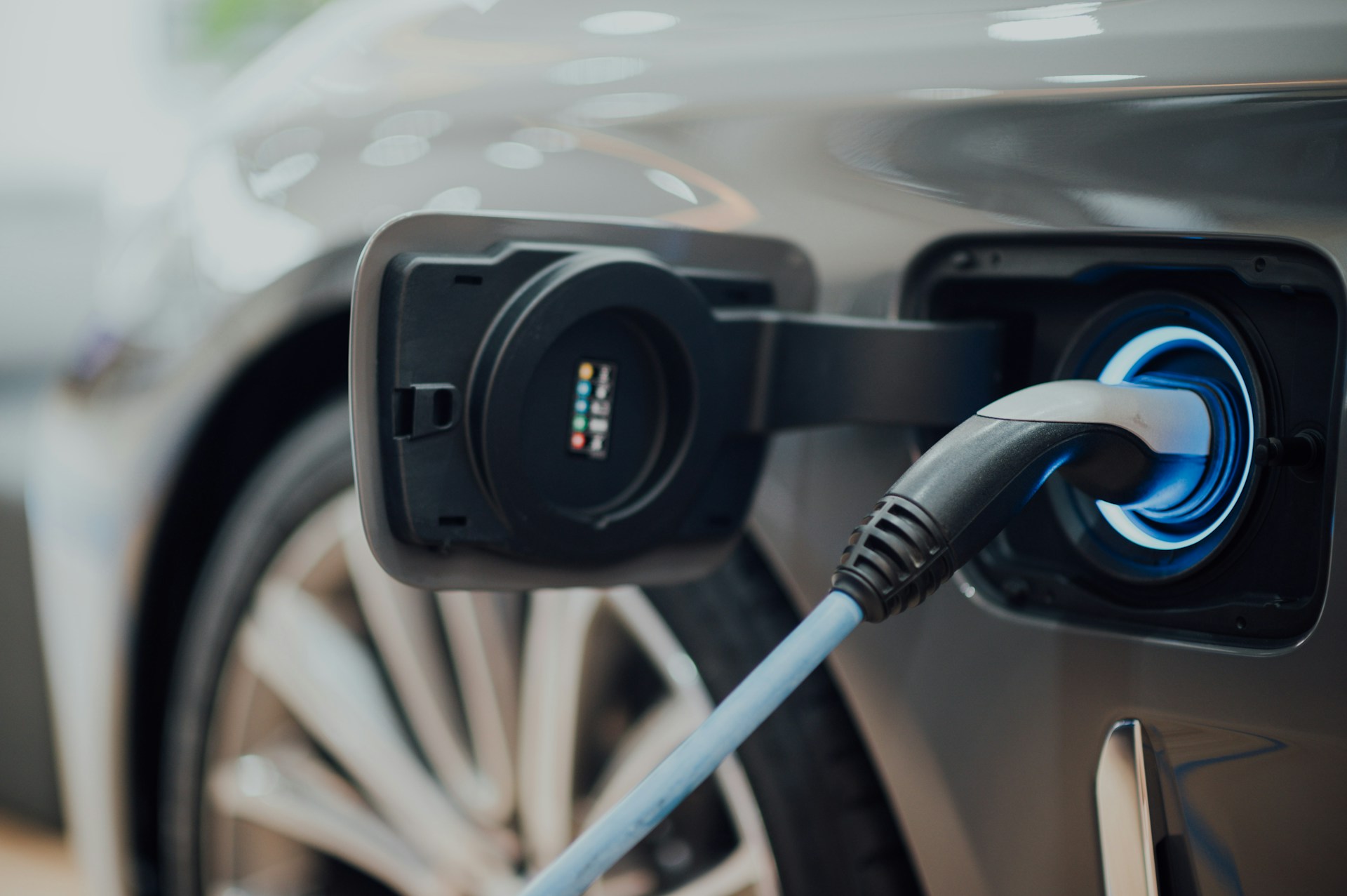Casablanca – In a significant leap forward, Morocco has cemented its position as a rising global player in the electric vehicle (EV) battery industry, attracting a staggering $15.3 billion in investments during 2022. According to the latest report from the International Energy Agency (IEA), titled *”Global Electric Vehicle Outlook 2024,”* this investment surge is nearly equal to the combined total of the past five years.
Morocco’s growing role in the production of lithium iron phosphate (LFP) batteries has caught the attention of some of the world’s leading battery manufacturers, including South Korea’s LG and China’s Gotion and JNG Advanced Material. This influx of interest has been fueled by the expiration of key patents on LFP technology in 2022, opening doors for production outside of China, which had previously dominated the market.
A strategic shift
LFP batteries were first invented in the U.S. in 1997 and saw further development in Canada in the early 2000s. However, by the 2010s, China became the world’s largest producer of these batteries due to favorable intellectual property agreements. Now, as the patents expire, manufacturers are seeking alternative production hubs, and Morocco, with its vast phosphate reserves—the largest in the world—and favorable trade agreements with Europe and the U.S., has emerged as a top destination.
These phosphate reserves are critical because they allow Morocco to play a key role in the production of LFP batteries, which are not only more affordable but also safer compared to cobalt- or nickel-based alternatives. This shift towards LFP technology is helping to diversify the EV supply chain and reduce dependence on China’s battery production.
Demand surges for EV batteries
Global demand for EV batteries is surging at an unprecedented rate. In 2023, global demand exceeded 750 gigawatt-hours (GWh), marking a 40% year-on-year increase. However, this growth has slowed slightly compared to the previous two years. Despite the slight deceleration, the outlook remains positive, with electric vehicles driving 95% of the total battery demand. The rise in EV sales, particularly electric SUVs, has been the primary driver of this demand, while larger battery sizes contributed only a modest 5%.
The IEA report highlighted that markets in the U.S. and Europe have seen the fastest growth, with over 40% annual increases in EV battery demand. Although China remains the global leader in this field, with a 2023 demand of 415 GWh, Europe is catching up with 185 GWh, while the U.S. lags behind with 100 GWh.
A new era for Morocco
Morocco’s strategic geographic position and strong phosphate sector are key factors in its growing influence in the global energy transition. The country’s experience in mining and processing phosphate is now paying off in the high-tech battery market, placing it at the heart of the EV revolution. With free trade agreements with key partners such as the U.S. and Europe, Morocco has become an attractive option for international investors looking to expand battery production outside of China.
The growing demand for LFP batteries, which are cheaper and more sustainable, has led to a wave of investment in Morocco. This influx is not only bolstering the country’s position in the global energy market but also creating opportunities for job creation and economic diversification. As the global EV market continues to grow, the country is poised to benefit from sustained investment in its battery production sector.
Future growth and innovation
The IEA predicts that battery demand will continue to grow as manufacturers introduce new technologies, such as extended-range electric vehicles (EREVs). This steady demand will drive further investments in the battery sector, and Morocco is well-positioned to capture a significant share of this expanding market.
With a combination of natural resources, strategic trade deals, and growing expertise, Morocco is entering a new era as a key player in the global shift towards electric mobility. The country’s evolving role in the EV supply chain highlights not only its importance in the energy sector but also its potential to lead in global efforts toward a greener, more sustainable economy.

